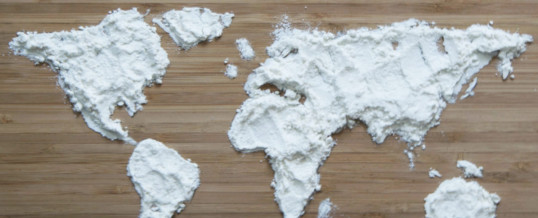
LONDON, ENGLAND – Global wheat flour trade is projected at 14.4 million tonnes (wheat equivalent) in the 2020-21 marketing year, identical from the year before, according to the International Grains Council (IGC).
As part of its Grain Market Report, released on April 30, the IGC said flour trade declined by 700,000 tonnes from its previous update in January.
The IGC noted that reduced import projections from Iraq (-200,000 tonnes), Yemen (-400,000), Afghanistan (-300,000), Syria (-100,000) and Angola (-100,000) were “only partly offset by small upward revisions in a number of other countries.”
Although the import number for Afghanistan is scaled back from the previous quarterly projection, the country is still on pace to take in 500,000 more tonnes of wheat flour than the previous year’s total of 1.7 million tonnes.
“Export data for Kazakhstan, the main origin, confirm increased shipments to Afghanistan up to the end of February,” the IGC said.
To a large extent, the reduced import numbers from countries such as Iraq, Yemen, Syria and Angola reflect a slower than anticipated pace of exports from the world’s largest exporter, Turkey.
The figure for shipments by Turkey was lowered by the IGC this quarter by 400,000 tonnes to 4.5 million, about 2% less than the estimate from the year before.
“A shortage of containers for bagged flour exports, as well as increased costs, are reported to be restricting Turkey’s shipments,” the IGC said.
Ranking second to Turkey in exports in 2020-21 is Afghanistan at 2.4 million tonnes, followed by Argentina at 900,000 tonnes, Egypt at 700,000 tonnes and the European Union at 620,000 tonnes.
Afghanistan is forecast to be the world’s top wheat flour importer at 2.2 million tonnes, followed by Iraq at 1.85 million tonnes, Uzbekistan at 600,000 tonnes, Yemen at 500,000 tonnes and Bolivia at 450,000 tonnes.
The IGC’s initial projection for wheat flour trade in 2021-22 is for a 3% rise to 14.9 million tonnes, including greater imports by Iraq and Afghanistan, mainly filled by larger exports from Turkey and Kazakhstan.
Source: World Grain
MAY
2021


About the Author: